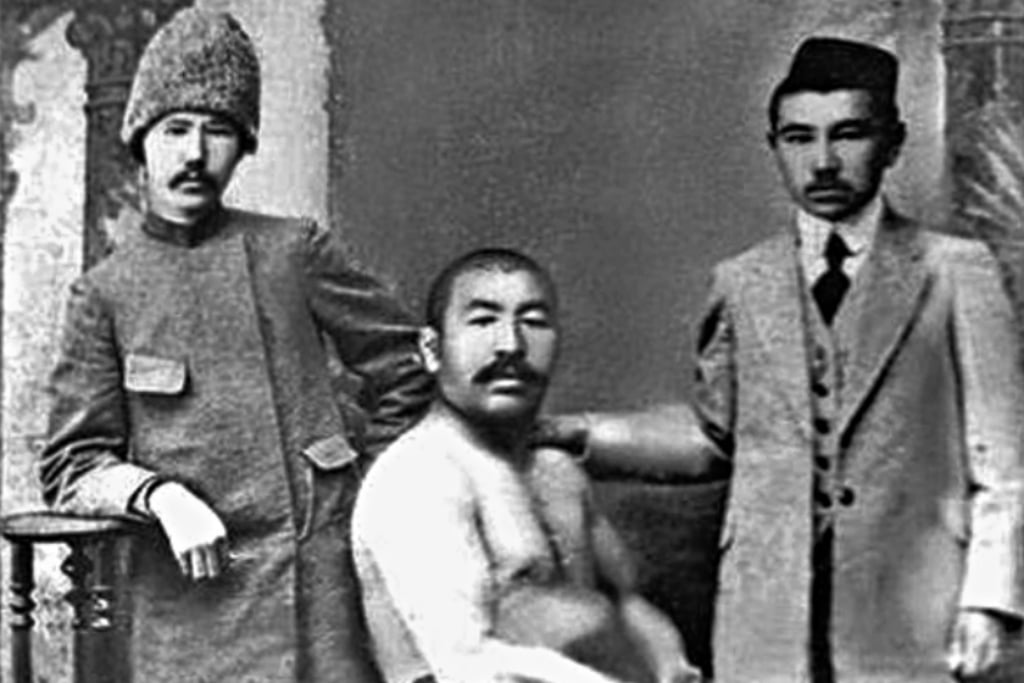Kazhymukan Munaitpasov – a Kazakh hero
150 years ago Kazhymukan Munaitpasov was born. But who was this man? He was not only a successful wrestler. Read the story about a Kazakh hero.
The youth of Kazhymukan
According to his passport Kazhymukan was born as Qajymuqan Munaytpasuly on 7th April in 1871 in the small village Karaotkyel in northern Kazakhstan in the Akmola Province of the Russian Empire. His father, Munaitpas Ernakov was a poor but modest man – and he had a very much physical strength. He took part in local wrestling competitions – as well as Kazhymukan grandfather did. His grandfather introduced the young boy into the Kazakh tradition wrestling. As a teenager he started to train and performed hard physical work and worked for a rich Tatar near the city Akmola (today: Nur-Sultan). A legend is telling that he was so strong that he could help a huge and heavy bull out of the mud. Another legend tells that in the hard winter in 1889 – Kazhymukan was just 18 years old – his rich employer wanted that he buy dry hay for the animals inthe nearby Aul (Kazakh: village). On the way back during a strong snow storm one of two horses fell and couldn’t move on. So Kazhymukan Munaitpasov put the weak horse in the cart, tied the second horse behind himself, and dragged all of them through this harsh winter day back to his home. This was the reason that the people already began to talk, spread legends about. And they were already sure that he will become a strong fighter in the future. The people wasn’t wrong: The young Kazhymukan started to fight and went from one victory to another in the local wrestling fights of the Akmola region. So his success wasn’t unrecognized and one day he got the offer to fight in the circus. He trained in the circus hard and started his first fight in the circus arena in 1891 – with the young age of 20.
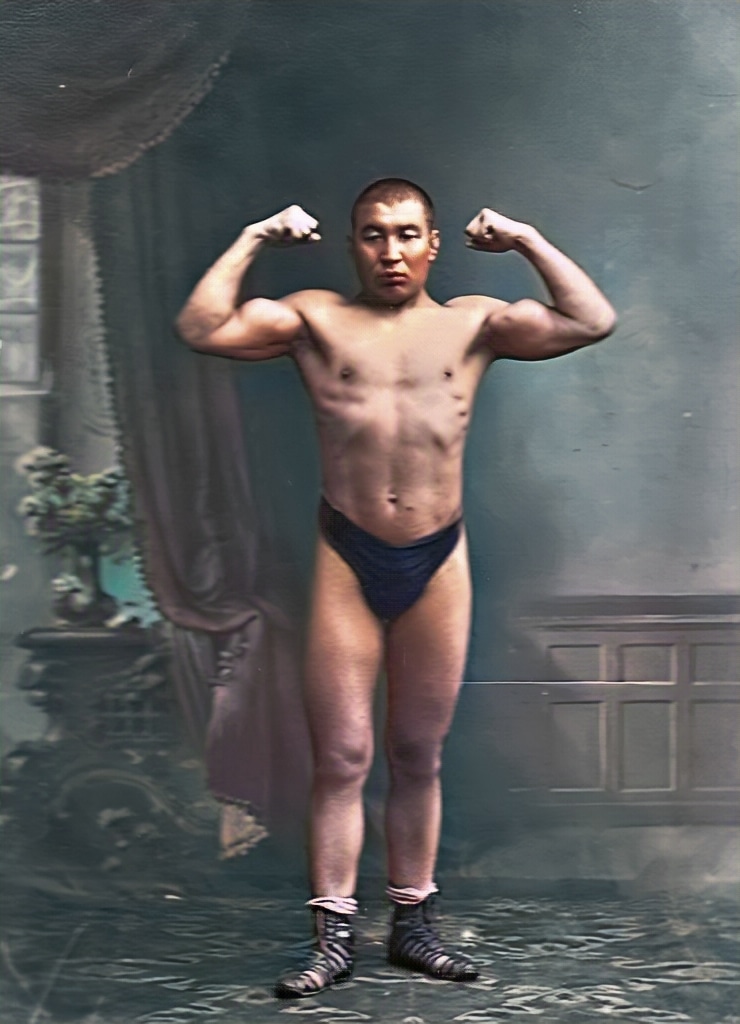
(Image: Kazhymukan Munaitpasov Museum)
Starting a fighting career around the world
It’s unclear what happened with Kazhymukan between the years 1891 and 1901. But it’s clear that in 1901 he started his career as a professional wrestler at the Greco-Roman wrestling championship in Omsk. But his first fight wasn’t successful. The fight against Andrei Zlobin – one of the strongest wrestler in the world this days – was lost after 18 minutes. Kazhymukan fought well and strong but Andrei Zlobin had more experience and his fighting techniques were more improved. But the fight was not meaningless: The winner of the fight, Andrei Zlobin, recognized the huge fight of his opponent and recommended him to visit the famous wrestler school of Ivan Vladimirovich Lebedev , known as Uncle Vanya.
The next few years he improved his wrestling techniques in the school and went stronger and stronger. But his first huge victory was far away from home – in the Harbin in Manchurai – in the Far East. He took part at the Jiu-Jitsu championship in 1905 and won this competition without one defeat. In this day he received his first fighting name Yamagata Mukhunuri. The reason why he flighted in the Far East was that he wasn’t allowed to be in the Russian National team due to the Russian Empire’s discriminatory policy. His appearance and his new fighting name confused journalists and colleagues. Some of the really thought he is Japanese or Manchu. He also performed one of his most famous victories in the Far East: Along another championship he defeated Jiu-jitsu master Harakiki Jindofu (also known as Katsukuma Sarakiki). He hit Harakiki Jindofu so strong that the fighter felled down on the carpet and died on stage.
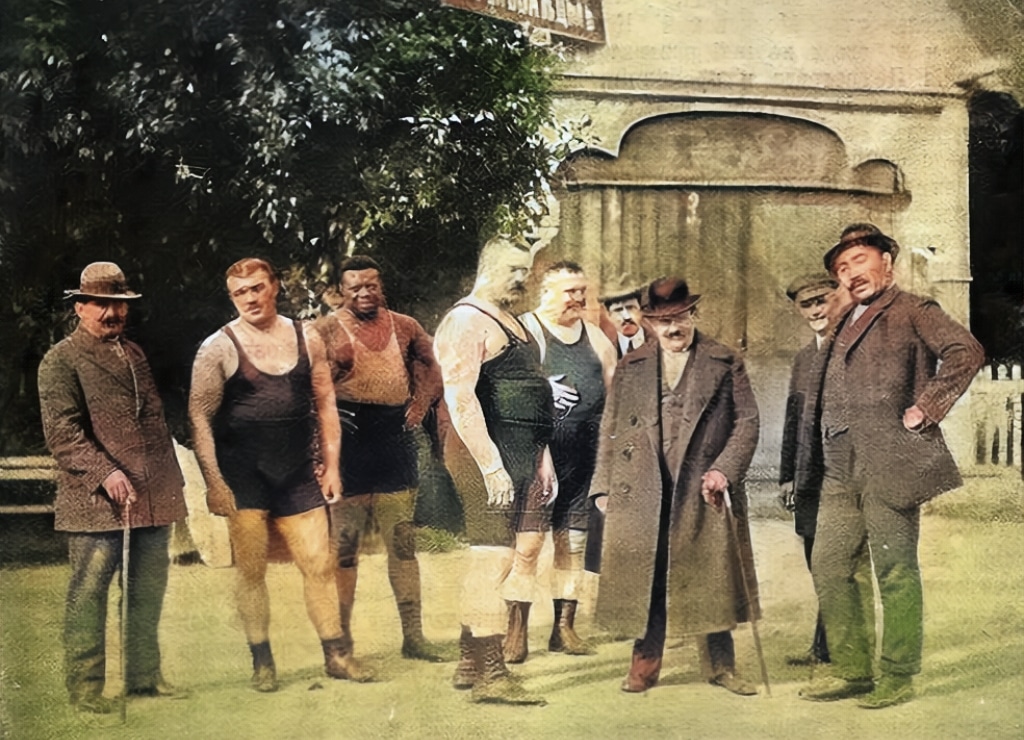
(Image: Kazhymukan Munaitpasov Museum)
Kazhymukan Munaitpasov got the opportunity – finally – to join the Russian Empire wrestler team of the famous Estonian wrestler Georg Lurich in 1909 and won a World Championship for the first time in Gothenburg in Sweden in the same year. This was a huge success for Kazymukhan and it was the first time in history that a Kazakh won a World Championship.
In 1910 he started with the team of Georg Lurich a world tour through North and South America. During this tour his greatest win was a Gold Medal in Argentina’s capital Buenos Aires. But he was back in time for the World Championship in Moscow in December 1910.
The World Championship was hosted by Georg Lurich himself. French wrestling was very often more show than competition. Many circus called their competition a World Championship to get more visitors and to make more money. The results of this championships were sometimes already fixed by bookmakers and promoters – or they have done their best to fix the results to their favor. So during this competition Kazymukhan could defeat popular wrestlers of this time like Razumov, Schneider, Ioganesov, Winter and Apollo. He also fought against his former travel mate Georg Lurich. They fought two times. The first fight ended without an winner so Lurich asked for a another fight. Lurich couldn’t defeat Kazymukhan during the regular fight time, so the jury preferred the host and extended the time of the fight at first and presented Lurich as winner at the end of the fight.
In the following years he went through Europe and took part at the World-championships and fights in wrestler circus and won additional medals. But he didn’t became a “real” World Champion again.
Fight for Independence, October Revolution – Confused times
Kazymukhan lived from 1910 till 1937 in Omsk. The wrestler who was not only interested in sports – he also was interested into the future of his Kazakh landsmen and a independent Kazakhstan. So he met famous Kazakh intellectuals of this time like Akhmet Baitursynov and Mirjaqip Dulatuli in Omsk during the times of the October Revolution in 1917. Both joined later the Alash Party to form the first Kazakh government the Alash-Orda. But Kazhymukan Munaitpasov struggled with himself and showed interest of the ideas of Soviet Union. It is told that at the head of the Kazakh population of Omsk, he stormed the office of the Alash-Orda office in October 1917.
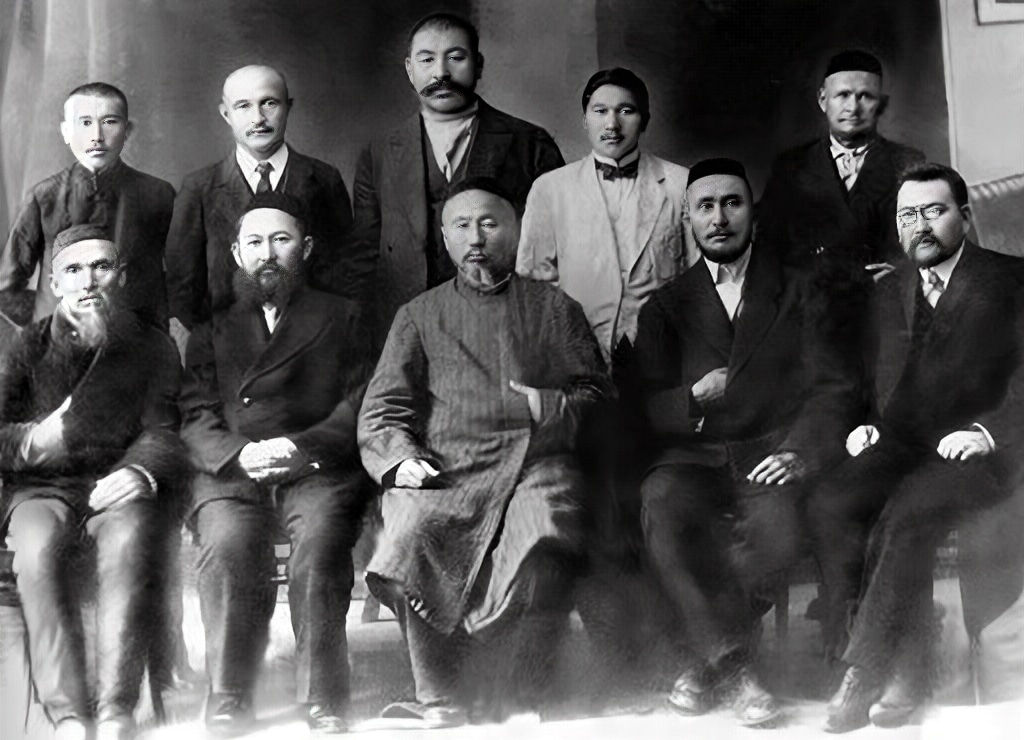
(Image: Kazhymukan Munaitpasov Museum)
Life needs also some culture
After the October Revolution and the Civil War, he actively participated in the formation of Soviet power in Kazakhstan and organized various wrestler championships. But the Kazakh wrestler loved also music and theaters. He visited many theaters when he went around the world to take part on wrestling competitions. So Kazhymukan made his dream becoming true by opening in Kyzylorda the first professional Kazakh Drama Theater in 1925. Many famous Kazakh artists for example Amre Kashaubaev and Kalibek Kuanyshpayev performed on the stage in Kyzylorda and went later popular on stages world-wide. Kazhymukan was also a religious man and as a Muslim he went to Mekka and Madina in Arabia to perform the Hajj in 1912. After his travel he changed his name to Hadjimukan.
Kazhymukan – the patriot
Kazhymukan decided to end his already long and successful career in the summer of the year 1940. He fought in 54 countries and won more than 48 medals. But just a year later in Summer 1941 the Second World War against the Soviet Union started. Very much sportsmen went to the war or went around the country and collected money for the Defense Fund of the Soviet Union. Also Kazhymukan Munaitpasov was to old to fight at the front lines so he decided to collect money, too. He bought a small circus tent, took some weights, hammer and chains and started a circus tour through the Kazakh villages and cities to entertain the local people and to collect money for the war against Nazi Germany. He didn’t wanted to waste some money during his collecting campaign so he very often slept in barns of the Auls. After he finished his last circus performance in the South Kazakhstan region at the beginning of the year 1944 he collected over 100.000 rubles for the USSR Defense Fund. It was a huge amount of money in this time. His intention was to buy an aircraft with his money. So Kazhymukan wrote a telegram to Soviet Union’s head of the state Stalin and asked him to donate a U-2 (also well known as Polikarpov Po-2) aircraft to the Soviet army. The only requirement was that the airplane will be named after the legendary Kazakh-Soviet fighter Amangeldy Imanov. Stalin answered surprisingly: “Please accept my greetings and thanks from the Red Army for your concern for the Red Army Air Force. Your wish will be granted, Comrade Kazhymukan. – Stalin”.
Just some months later, Kazhymukan himself gave the plane to Air Force and the pilot became the young Kazakh pilot Kazhytaya Shalabayev. The war pilot fought with the plane on the battle lines of the Baltic sea and around Leningrad (now Saint Petersburg) and flew 217 raids and spent over 430 hours in the air.
Lonely death
Despite all the services he had done to his motherland, his life ended in poor conditions without the support of his compatriots. In the last years of his life he was forced to sold his medals to get some money to support and feed his family – he had four wives and seven children – and they had no own house and so they slept in barns of the Kolkhoz “Lenins Flag” in the South Kazakhstan region. In his last year of his life he made a last attempt to get support by local politicians to ask for a small pension but they refused even a small pension. Kazhymukan Munaitpasov died on 12th August 1948 near the village Temirlan (Temirlanovka) in today’s Turkestan region – just 20 kilometers north of Shymkent – with the age of 77 years on a pneumonia caused by the bad living conditions in the barn.
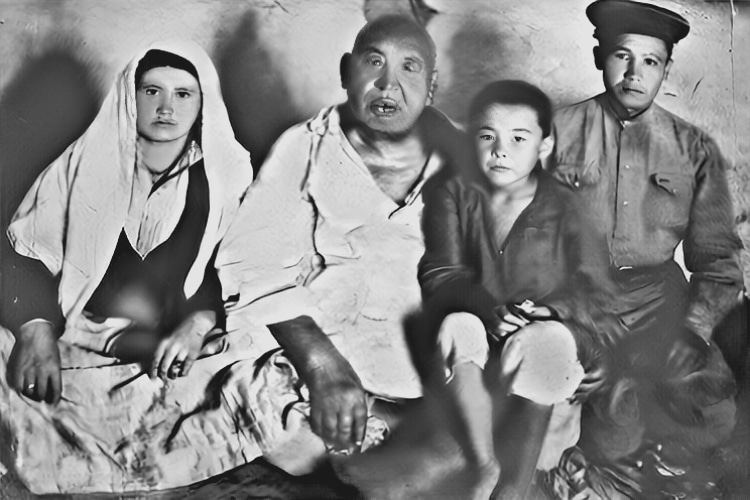
(Image: Kazhymukan Munaitpasov Museum)
Aftermath
In the next decades Kazhymukan was nearly forgotten. But in 1980 – close to his 110th birthday – a museum was opened in his honor in the village Temirlan near his grave. More and more streets were named after him in the 1990ies in Shymkent, Almaty, Nur-Sultan and Semey. Also the biggest football stadium in Shymkent – home of Kazakhstan’s Premier league club FC Ordabassy – is named after him. In front of the stadium also a statue for him remember his life.
Location of Kazhymukan Munaitpasov Museum:
📌 Find this place on Maps: Google or Yandex
More information about his life (in Russian): ru.wikipedia.org



